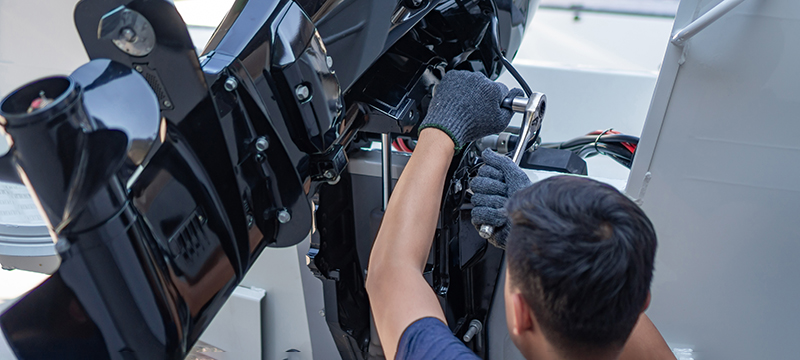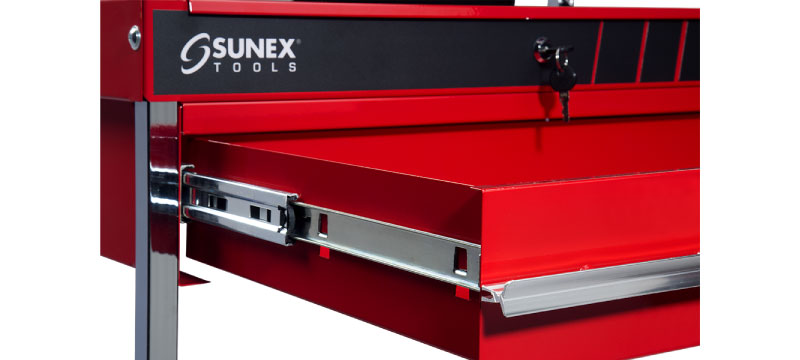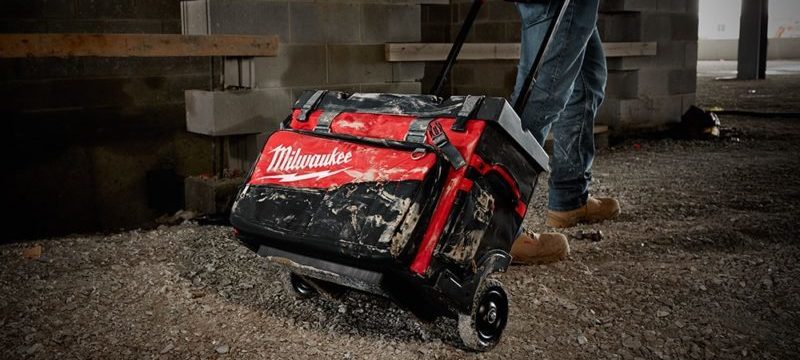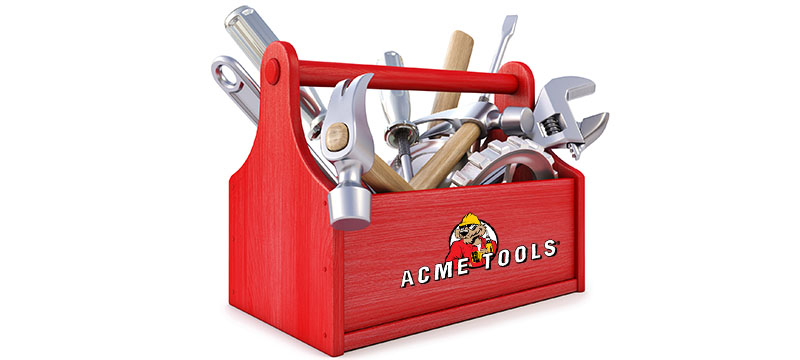If you’ve ever owned a boat, you, too, know the feeling of pure panic. When your boat dies, and you’re suddenly stuck in the middle of your lake, just know there is a way to make it through the terror. There’s a light at the end of the tunnel when you get your boat tool kit from our selection at AcmeTools.com. On the other hand, being in the water brings many challenges. This blog article will help teach you everything that can go wrong. More specifically, we’re here to show you exactly what tools you need to fix the problems that go wrong.
If you want to learn more, continue reading down below!
Boat Tool Kit Essentials
While most of the tools specified are already in your home, garage, or workspace, we’re not leaving anything out that could be thrown in your boat toolbox. That’s why we’re first reviewing the tools you most likely don’t have and then specifying the more common tools most boat owners already have. In any case, building a dedicated marine tool kit is our bottom line today. The following fifteen tools will help you during any emergency or maintenance repair challenge that crosses your path.
The Tools You’re Missing
- Spark Plugs & Fuses
- Moisture Meters
- Battery Terminal Puller
- Wire & Hose Clamps
- Telescopic Magnet & Mirror Set
Spark Plugs and Fuses
Spark plugs and fuses are a simple fix and may not happen that often, but it’s better to be safe than sorry. If a fuse blows, it won’t be the end of the world, but it could be something as simple as a light that goes out at night. Keeping a spare will ensure you get back to shore safe and sound. You can purchase spark plugs from your local automotive parts and accessories store.
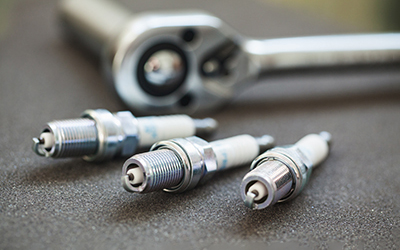
Moisture Meter
Nobody wants their boat to be sitting at the bottom of the lake. Okay, that may be a bit dramatic, but a moisture meter is essential in ensuring you can locate any leaks. Water leaks are inevitable, and the meter makes it easy to identify their origin. Most moisture meters can find leaks under finished surfaces up to 20 millimeters deep. These tools run on batteries, so they can last a long time.
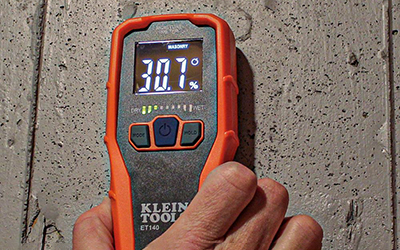
Battery Terminal Puller
After putting one in your toolbox, you’ll wonder where this tool has been your whole life. You will no longer want to pull your hair out as you destroy your battery terminals, trying to remove them. It’s as easy as loosening the terminal bolt, putting the puller on the terminal, tightening the tool, and the battery terminal will easily slip out. This puller can be found at most auto-part stores.
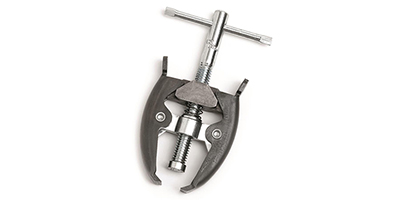
Wire & Hose Clamps
It’s just a matter of time; eventually, hose clamps will fail, and you have a problem. You’ll have fluid filling your engine compartment, or water is flowing into the boat. You’ll be happy if you have extras of these hiding in your tool kit. They wear out every few years, so keep a steady supply.
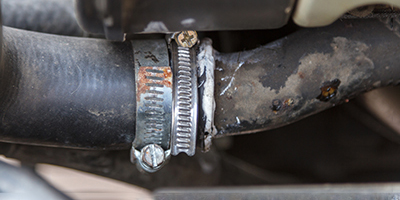
Telescopic Magnet and Mirror
It’s a guarantee you’ll drop a screw or nut somewhere in the engine compartment at some point. It’s tough to see in those tight spaces, so a telescoping mirror will make it easy to know where the runaway screw is hiding. Then, the telescoping magnet will allow you to grab it from the area most hands can’t fit into. Each item is relatively cheap, so they can easily be replaced if broken or bent.
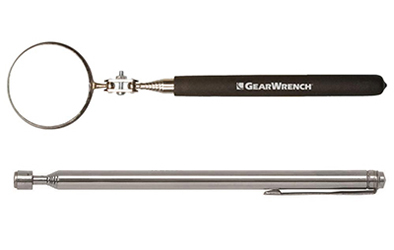
The Tools You Already Have
- Jumper Cables
- Pliers
- Screwdrivers
- Wrenches & Socket Sets
- Flashlights
- Tape
- Scissors & Cutters
- Gorilla Glue
- Screws, Nuts, and Bolts
- Multi-Tool
Jumper Cables
Jumper cables are one of the most essential items in your boat’s tool kit. Cables are not an area to skimp. When looking for quality, look for flexibility in the cables. Stiffness is a sign of cheaply made cables. If you aren’t purchasing the cables in person, a good rule of thumb is to buy a set with a lower numerical gauge and made of 100% copper. Get longer cables that can reach from one boat to another if you need a jump. An alternative option is a jump starter.
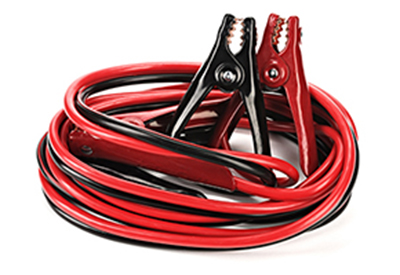
Pliers
You can always have a few pliers in your tool kit. Extended-reach pliers are great for getting into tight spots and for finesse. Lineman’s pliers can twist and cut wire. Tongue and groove pliers are versatile because they’re adjustable to larger sizes. Traditional slip-joint pliers are an excellent solution for basic gripping. Having multiple pliers will make it easier to tackle any situation.
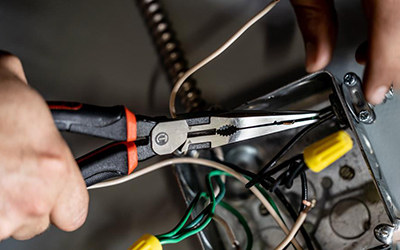
Screwdrivers
Having both a Phillips and flathead screwdriver in a variety of lengths is vital. They fill the apparent need of loosening and tightening screws, but they can be used for other purposes in a pinch, such as you need to replace a broken gear shift handle or pry on a stuck lock.
If you’d like more flexibility, carry screwdrivers with multiple switchout bits. A cordless screwdriver is another option, but it’s another item you need to remember to charge.
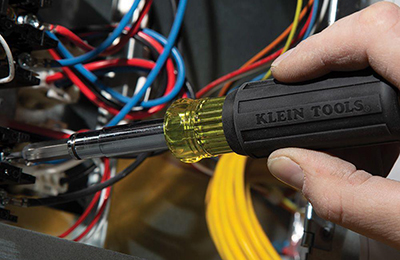
Wrenches and Socket Set
This area is the one that could make or break a simple mechanical problem. You don’t need every size under the sun, but a good handful of wrenches and sockets will make things run much smoother on the boat. On top of basic wrenches, a prop wrench, vice grip, and a spark plug wrench would be a good idea for your marine tool kit.
- You can get these cheap, and they last almost forever unless they become rusted.
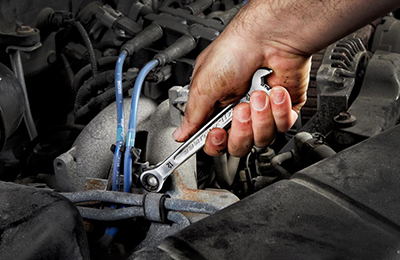
Flashlight
Fixes on boats tend to be in areas that are only sometimes very well-lit. A flashlight will make your job a hundred times easier. Also, only some problems occur during daylight hours, so a flashlight comes in handy if lights on the boat go out or you need to make a late-night fix. Many floating options are perfect for the boat. Losing a tool that falls in the water is never fun.
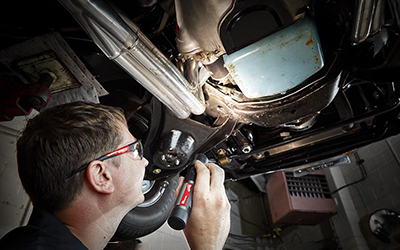
Tape
Electrical tape can be a lifesaver if you install new wire anywhere on the boat. Of course, it’s excellent for insulating existing wires or repairing damaged ones, but it also works great for holding longer wires in place that you may need to run over a long distance or tying many wires together. Gorilla tape is another essential item. It’s excellent for making quick, temporary fixes.
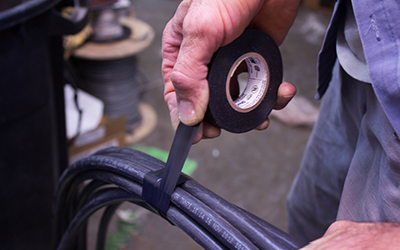
Scissors/Cutters
There will be many instances of needing to cut through something, whether it’s cable ties or wires. The most common item you’ll probably find yourself missing is fishing line. Everyone knows the feeling of trying to untangle a twisted line for hours only to give up, cut out the knots, and start over. An excellent option for a cutter is one that already comes with a wire stripper; you’ll need it to strip damaged wires, so why not combine two tools in one to save space.
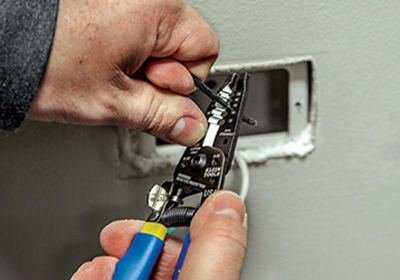
Gorilla Glue
Superglue is a thing of the past with the coming of Gorilla Glue. It works wonders on fiberglass or wood, so most repairs on your boat can be done with this. It’s available in a clear coating; therefore, it will be virtually invisible after the repair, and it can be sanded once applied without gumming up sandpaper. On top of all that, it’s 100% waterproof, so you don’t have to worry about it deteriorating.
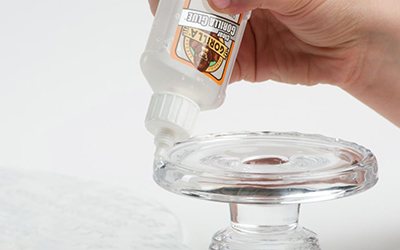
Screws, Nuts, Bolts
When making repairs, it’s bound to happen where a screw, nut, or bolt you just removed falls overboard and is gone forever. Keep plenty of spares of all shapes and sizes to always prepare for mishaps. Stainless steel materials are essential to prevent corrosion over time. Keep plenty of small containers in your toolbox so you don’t have screws and bolts rolling all over the place.
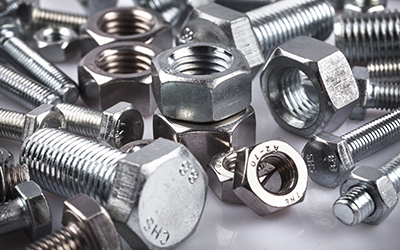
Multi-Tool
The multi-tool is every outdoorsman’s right-hand man. It’s the jack of all trades that will get you out of the woods every time. It has a Phillips and flathead screwdriver, several knives, a saw, pliers, and much more. It’s not a replacement for all those items, but there is no better tool to get the job done in a pinch; plus, you don’t have to waste time pulling each tool out of the box.
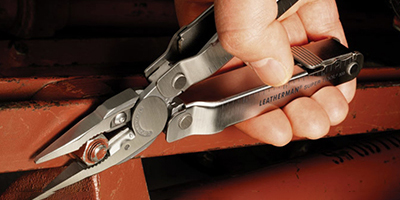
Boat Maintenance Tips
Your entire tool kit should be maintained every season. Go through and check the condition of each item and ensure it’s still in working order. Ensure batteries are working and anything that needs charging is ready. Also, ensure you aren’t low on any spare parts you keep in your kit, such as hose clamps, screws, bolts, and batteries. This is the minimum check that should be passed, but an honest boatman will double-check their kit each time they hit the water. It’s better to be safe than sorry.

